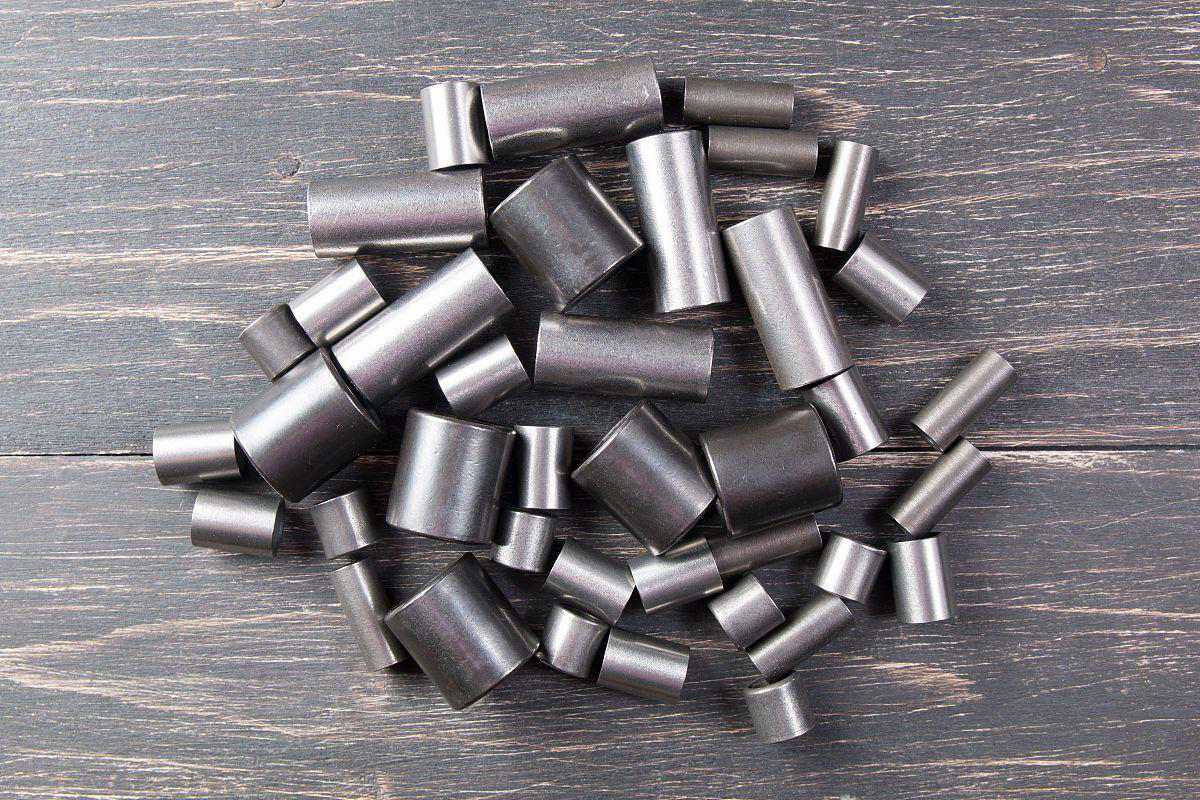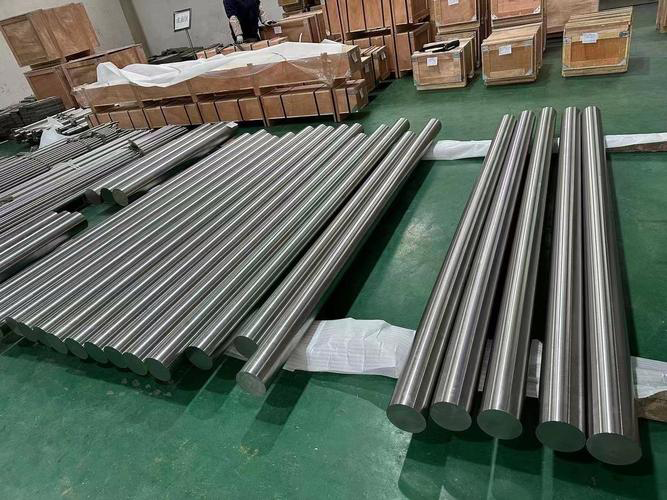Stress Corrosion Cracking in Stainless can lead to sudden, unexpected failures. Stainless steel pipework et raccords are used in a wide range of applications, so their reliability is critical. A thorough understanding of stress corrosion cracking and reducing the likelihood of its occurrence ensures the proper operation of piping systems.
What is Stress Corrosion Cracking in Stainless? A Silent Threat!
Stress corrosion cracking of stainless steel is a serious form of corrosion. It occurs when tensile stress, a specific environnement corrosif and a susceptible material combine. Cracks are created and expand and spread through the metal. When SCC occurs, severe corrosion does not usually occur.
Key Factors Causing Stress Corrosion Cracking in Stainless
One is the applied stress generated during operation. Secondly, residual stresses generated during manufacturing. Soudage produces large residual stresses. High internal pressure in the pipeline can also be a contributing factor.
Environnements corrosifs can also lead to SCC, including chlorides, high temperatures, caustics, etc.
Austenitic stainless steels (par exemple 304, 316) are more susceptible. Ferritic or aciers inoxydables duplex are more resistant.
Elevated temperatures significantly accelerate the occurrence of SCC. The risk usually increases at temperatures above 60 °C (140 °F). Hot chloride solutions are particularly dangerous.
Cracks may develop and grow slowly. But they can expand suddenly and without warning. The longer the exposure time, the greater the risk.
SCC-Prone Environments for Stainless Steel
| Environment Type | Common Examples | Susceptible Stainless Grades |
|---|---|---|
| Chloride Solutions | Seawater, cooling towers, brines | austénitique (304, 316) |
| Caustic Solutions | High pH environments, strong alkalis | Austenitic (304, 316) |
| High-Temp Water | Boilers, hot water heaters | Austenitic (304, 316) |
| Sour Gas (H2S) | Oil & gas production | All SS grades (less common for duplex) |
| Acidic Condensates | Flue gas desulfurization (FGD) | Austenitic, some duplex |
Ce que nous faisons
Prevention Strategies for Stress Corrosion Cracking in Stainless
| Stratégie | Action | Avantage pour les tuyaux/raccords |
|---|---|---|
| Sélection des matériaux | Use resistant grades (Duplex, Super Duplex) | Higher SCC resistance |
| Stress Reduction | Traitement post-soudure , traitement thermique, shot peening | Lowers residual stresses |
| Environment Control | Reduce chlorides, lower temperature, add inhibitors | Limits corrosive potential |
| Design Optimization | Avoid crevices, sharp corners | Prevents stress concentration |
| Finition de la surface | Surfaces lisses et polies | Reduces crack initiation sites |
| Soudage correct | Control heat input, use low-carbon fillers | Minimizes sensitization, stress |
Impact of SCC on Stainless Steel Pipe and Fittings
SCC usually results in a sudden brittle fracture that occurs without warning. This can lead to complete system failure.
Leaking hazardous fluids are extremely dangerous, causing injury to personnel and damage to the environment.
Failures can lead to immediate downtime and significant production losses. Repairs are costly.
SCC cracks are often subtle and difficult to detect with the naked eye, often requiring non-destructive testing.
An entire section of pipe may need to be replaced. This is due to localised damage that cannot be repaired.
Choosing the Right Stainless Steel for SCC Resistance
- Duplex Stainless Steels (par exemple 2205, 2507): have excellent SCC resistance. Their hybrid ferrite-austenite microstructure contributes to this, making them ideal for use in chloride-rich environments.
- High Nickel Alloys (par exemple Alloy 800, Hastelloy grades): These alloys have excellent SCC resistance. They are suitable for extremely environnements corrosifs and can withstand high temperatures and high concentrations of corrosives.
- Low Carbon Alloys (e.g. 304L, 316L): Although not immune, their low carbon content helps. It reduces sensitisation to improve resistance to corrosion intergranulaire.
- Proper Manufacturing: Even resistant grades require proper processing. Avoid excessive cold working. Control welding parameters.
Approvisionnement en composants fiables
Choisir un un fabricant qui a une grande expérience de l'acier inoxydable et qui comprend ses propriétés uniques. Cela permet d'obtenir des résultats de moulage optimaux.
Recherchez des capacités d'outillage de pointe. L'outillage de précision est essentiel et peut affecter la qualité et l'uniformité des pièces.
Veiller à la rigueur qualité les contrôles sont en place, y compris les contrôles dimensionnels, etc. Vérification de l'intégrité des matériaux et rapports d'essais de matériaux sont également essentiels.
Travailler avec des fabricants réputés qui offrent des produits en acier inoxydable fiables et ont certifications(par exemple ISO 9001 et CE-PED).
Confirmez que le fabricant peut répondre à vos exigences en matière de volume de production. Il doit être en mesure de réaliser des prototypes et de produire des volumes importants.
Nous contacter
- RM901 No.22 Tangjiaqiao Road Wenzhou Chine
- +86 577 8551 1171
- [email protected]
- https://www.kaysuns.com/



